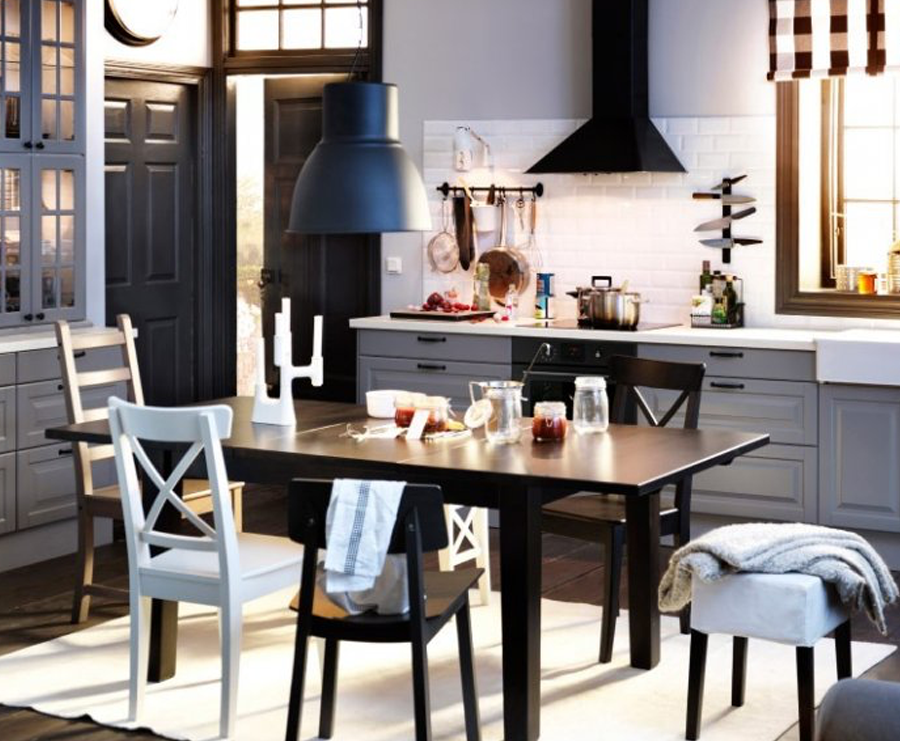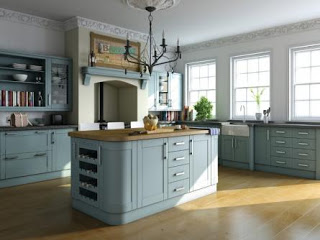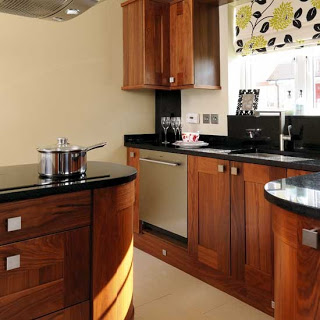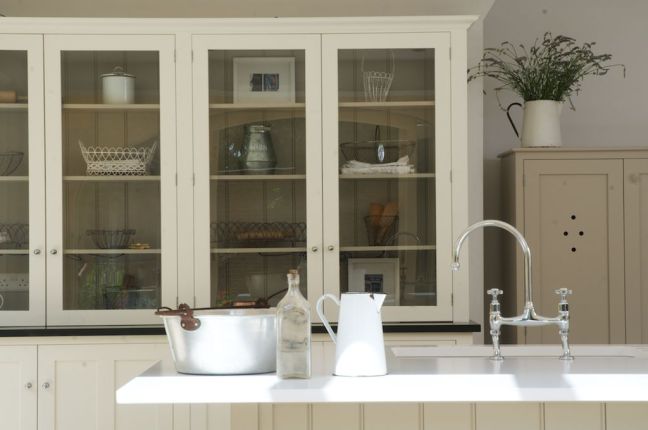How to get a Shaker look kitchen
Choose a Shaker kitchen and you’re buying into a tradition of craftsmanship. There are no frills just straight forward design reduced to the minimum. With panelled doors and warm wood surfaces, Shaker kitchens create a sense of calm.
 What defines the Shaker look?
What defines the Shaker look?The term Shaker originates from a religious breakaway set, from the Quakers in Manchester, named “shakers” after the shaking motions they used in worship. They settled in New England and today are as well known for their simple hand crafted furniture as for their religion. Their beautiful craftsmanship and simple style have found their way into today’s kitchens – some prefer to dress up the look creating contemporary chic, others prefer to go back to its roots with freestanding furniture.
Which property type will it suit?Shaker kitchens are definitely more traditional, but that doesn’t mean they can’t fit into a more contemporary setting. A Shaker kitchen works equally well if you like the country look, have a period house or don’t want an ultra-modern kitchen. Shaker style is subtle, sophisticated and homely and will suit any home with that look and feel.
 Which units should I choose?
Which units should I choose?Panelled unit doors are key to the Shaker style. Keep them plain and simple, avoiding decorative mouldings. Natural wood units can also look good including cherry, walnut or maple. Shaker units also lend themselves well to a painted finish.
In terms of colour, cream is a favourite as well as muted greens, greys and blues. These give a calm, country feel. Oversized wood or china unit door knobs are a typical feature. Brushed nickel cup handles are an alternative that work equally well.
What other elements should I consider?Forget decorative mouldings, fancy cornices and fretwork in a Shaker kitchen. Plain, understated quality of design is the primary focus.
One instantly recognisable feature of a Shaker kitchen is the peg rail which is a straightforward strip of wood with pegs inserted at intervals. This was designed, and still is, to take clutter off the floor.
Open shelving is often also included which helps prevent a dull row of doors and allows favourite china or glassware to be displayed. Below the work surface, basket storage gives a county effect and wicker looks especially at home alongside wooden units and work tops.
If there is space for a table in the kitchen, a wooden top and painted legs, provide the Shaker look. Typical Shaker chairs are very upright with three horizontal struts across the back and a woven fabric seat but any country style chair will work well.
 Do I need to include free-standing furniture?
Do I need to include free-standing furniture?If you have the space, free standing pieces will give your kitchen individuality. It may be that you have space for one free standing unit only.
A tall cupboard is ideal for mops and brooms, whilst a larder unit is ideal for storing away fresh and dried foods. Choose one with a mix of shelves, spice racks, drawers, baskets and deep cupboards to maximise the storage.
China and glassware can be shown off on a dresser or glazed cupboard. Extras such as a butcher’s block or work table will fit in with the look and provide much needed work top space.
Finally, in a large kitchen, an island unit is very useful. Here appliances appear less obtrusive than when placed along walls. Set in a sink and socket and you’ve got a proper multi-functional work station.
 7th Jun 2016
7th Jun 2016
The Compare Network
Copyright – Insight Retail Group Ltd 2025 All rights reserved